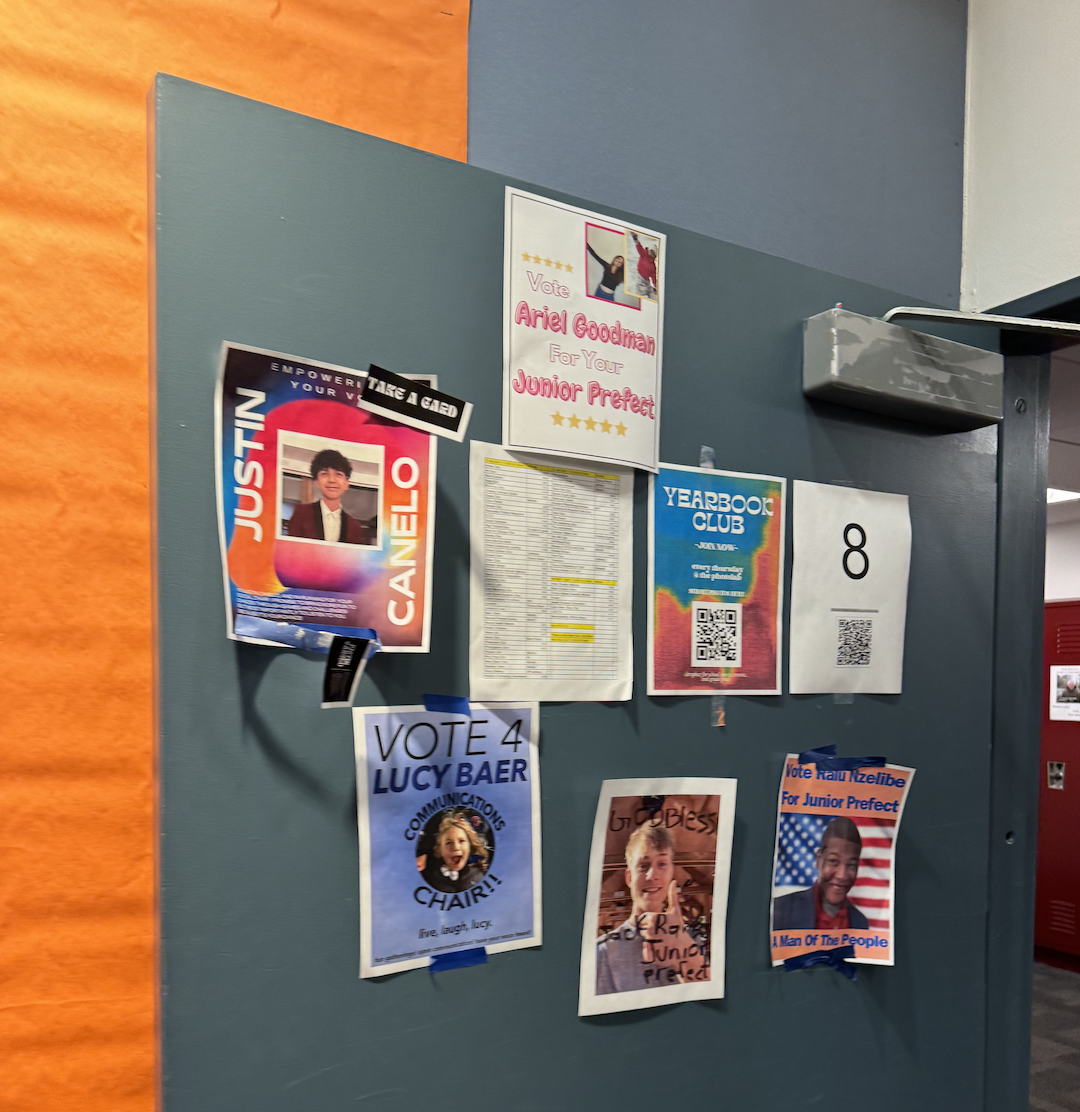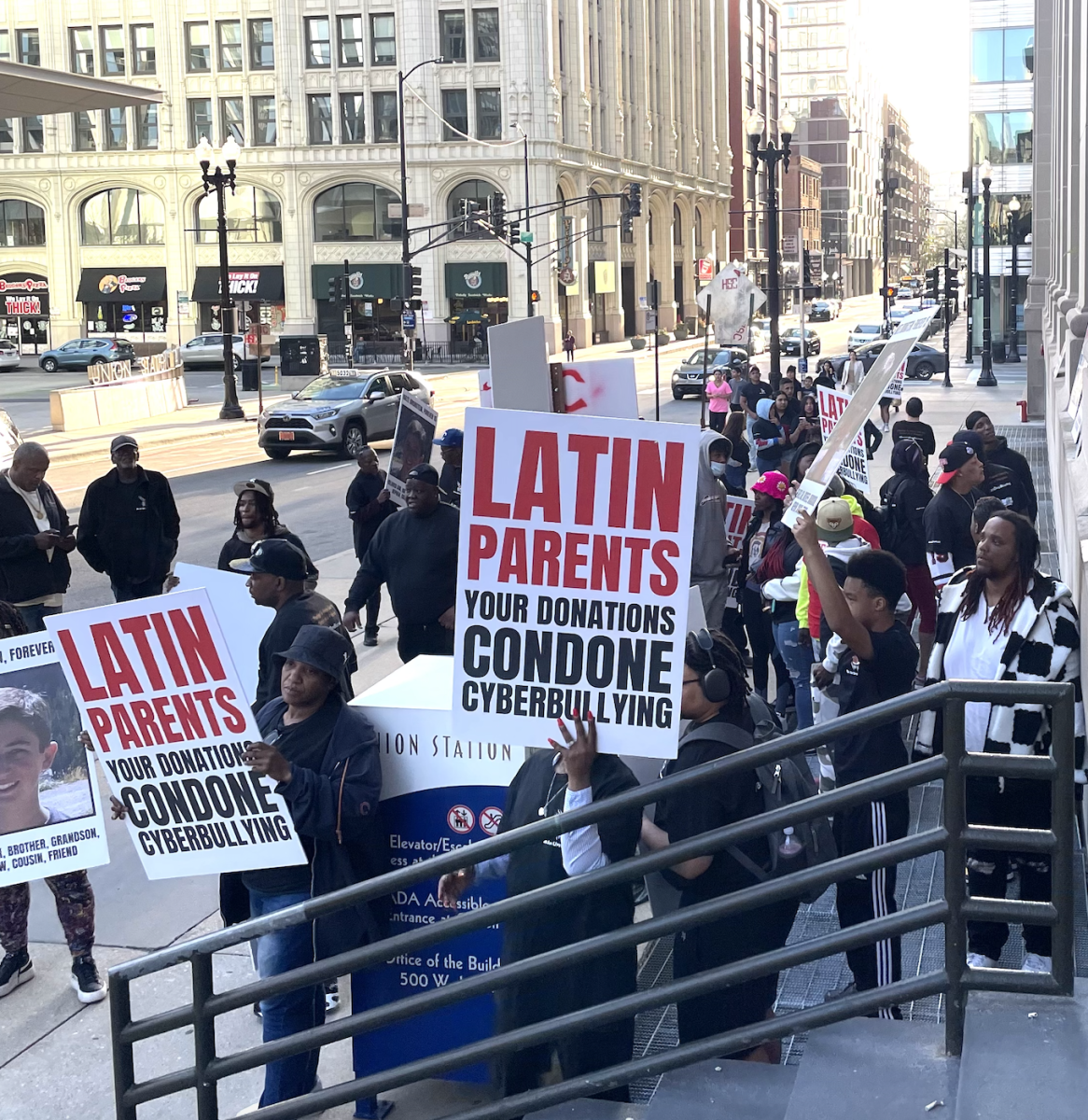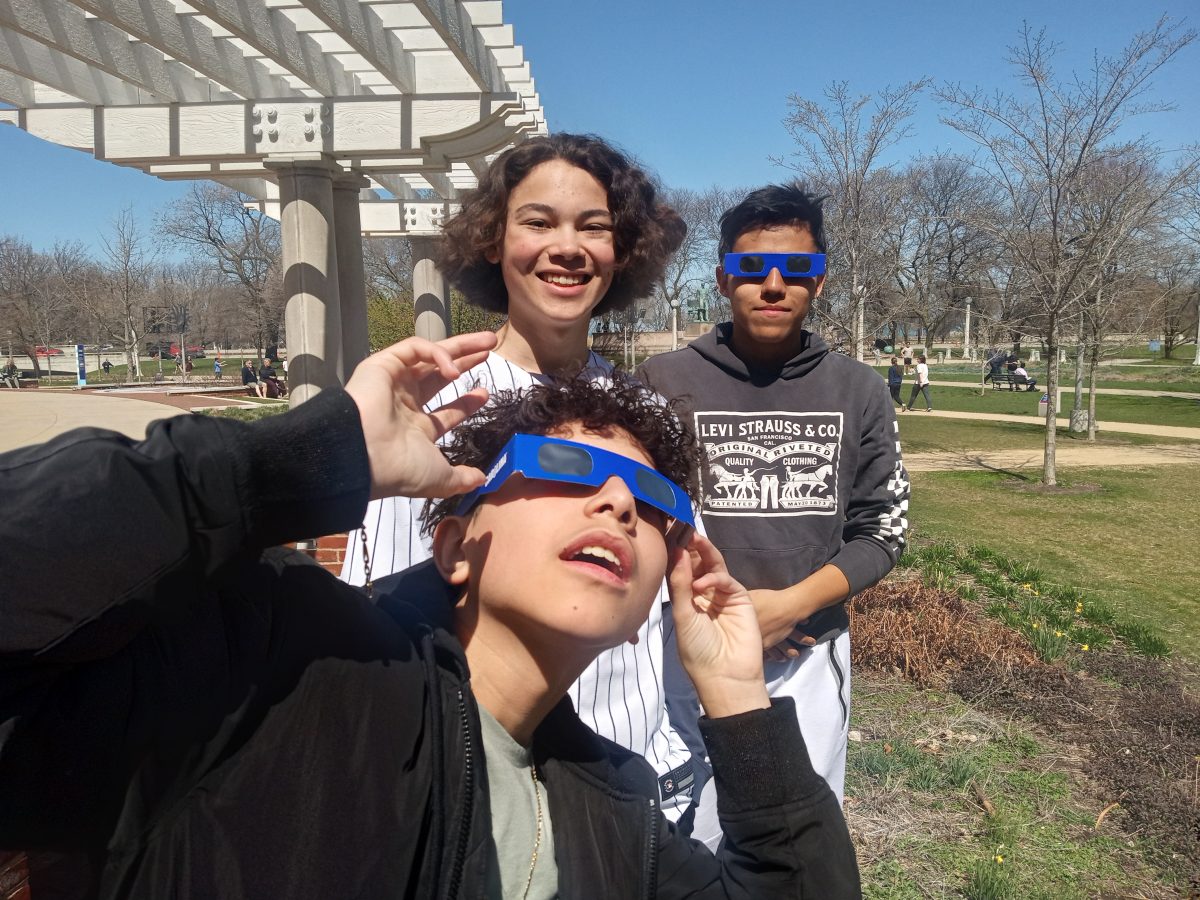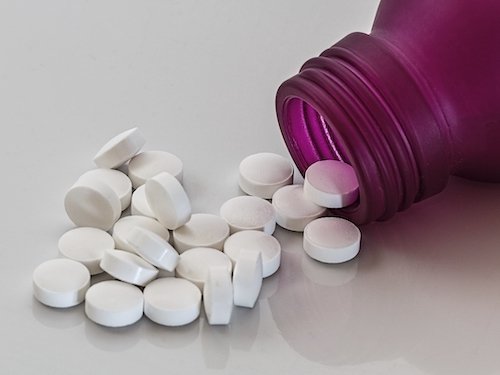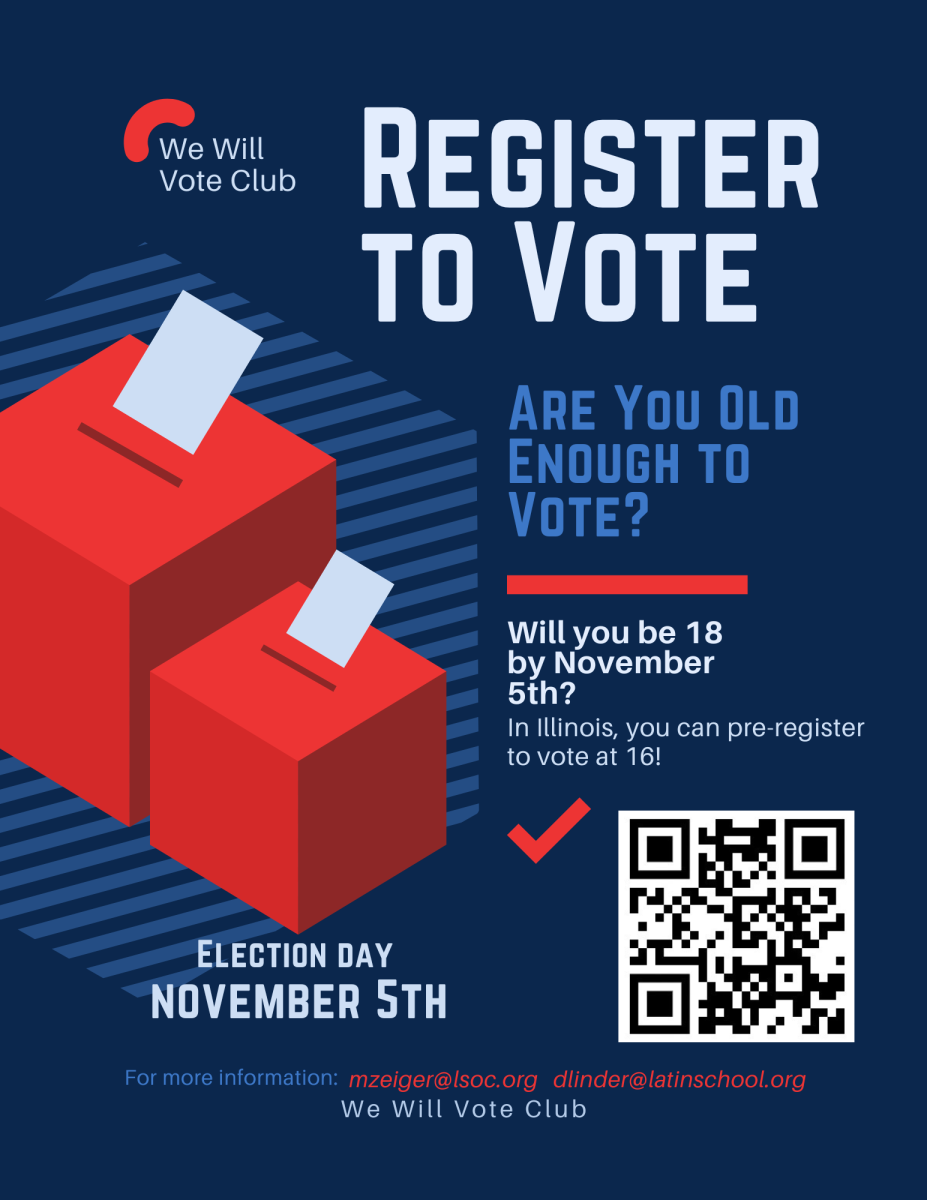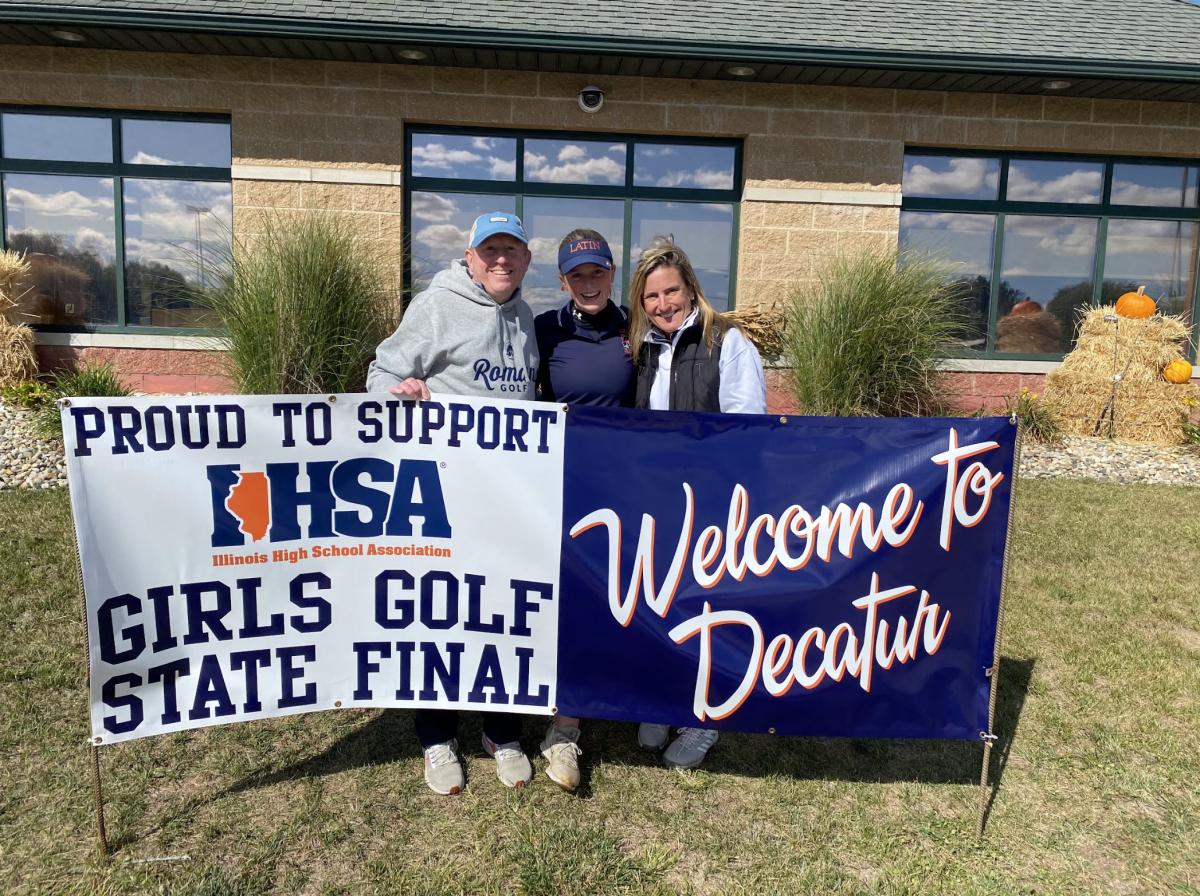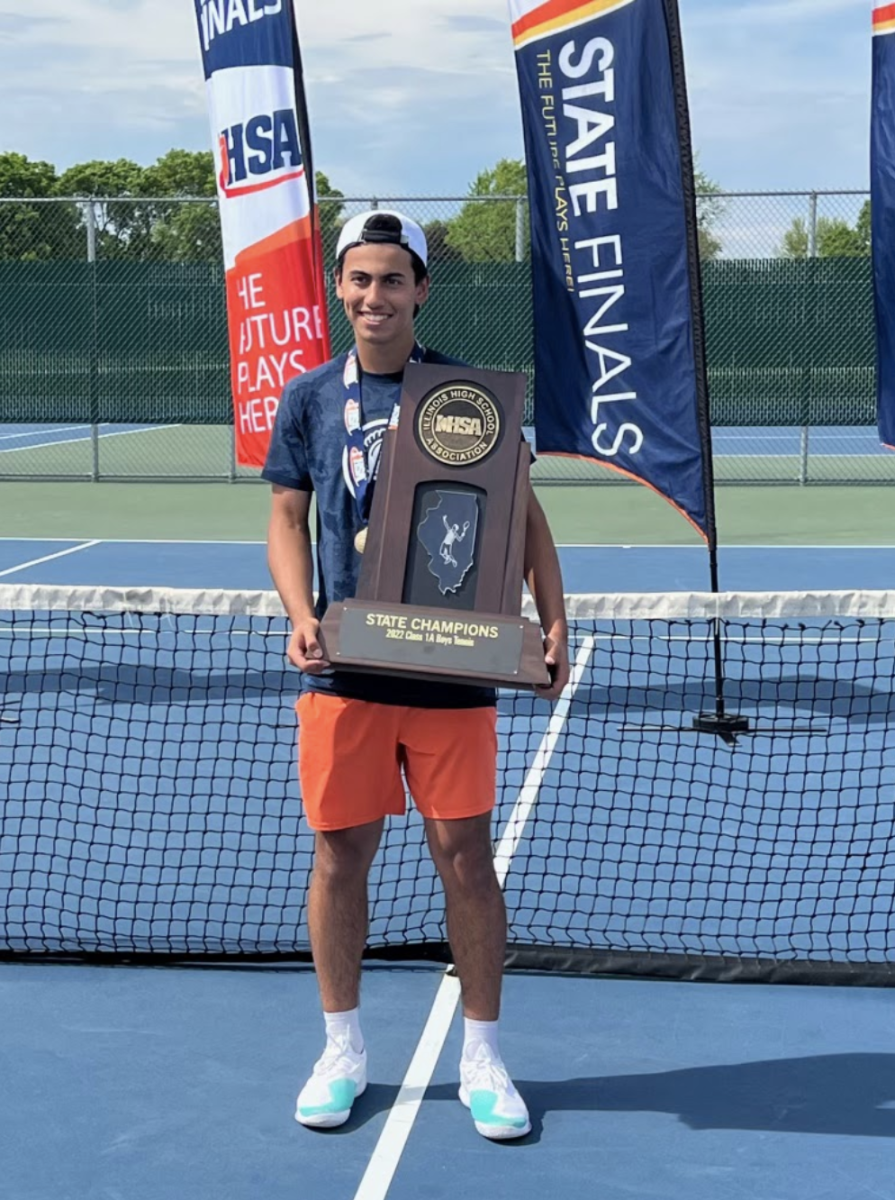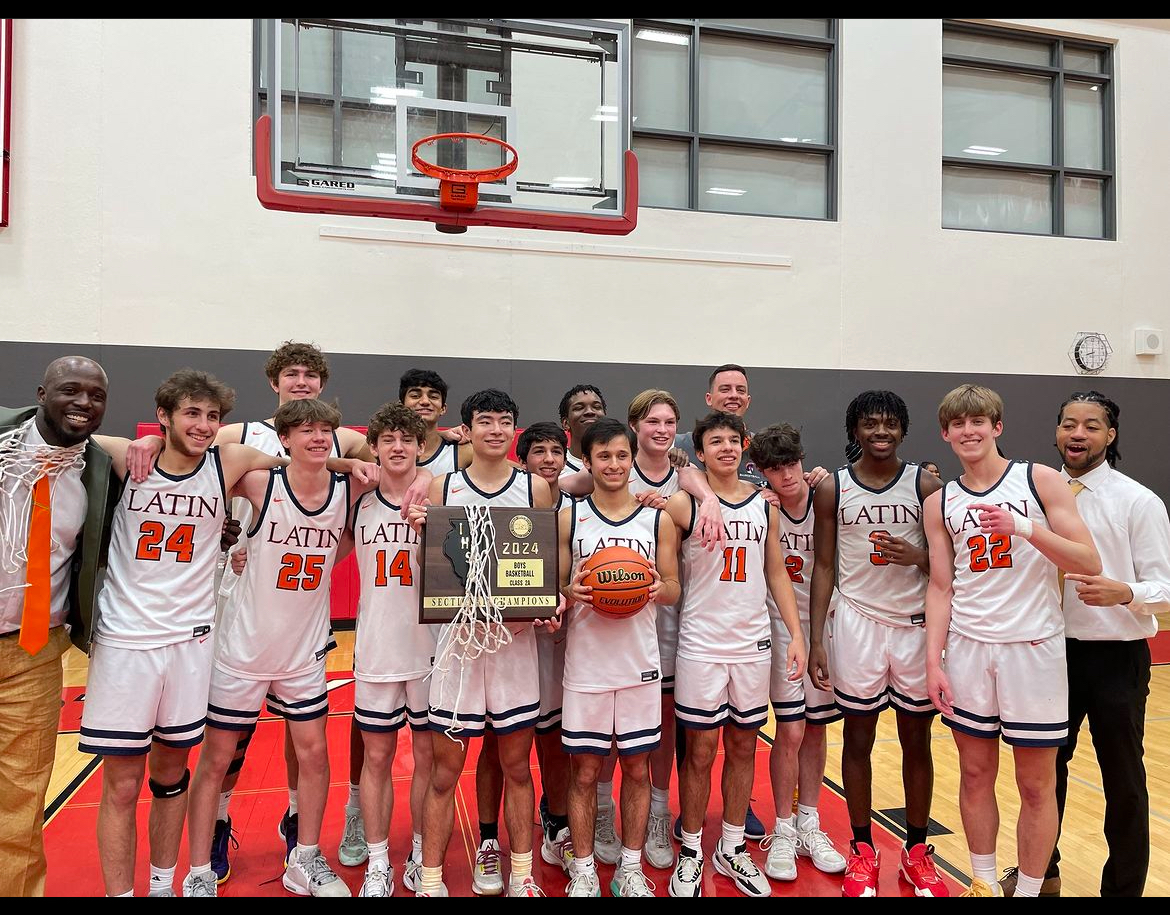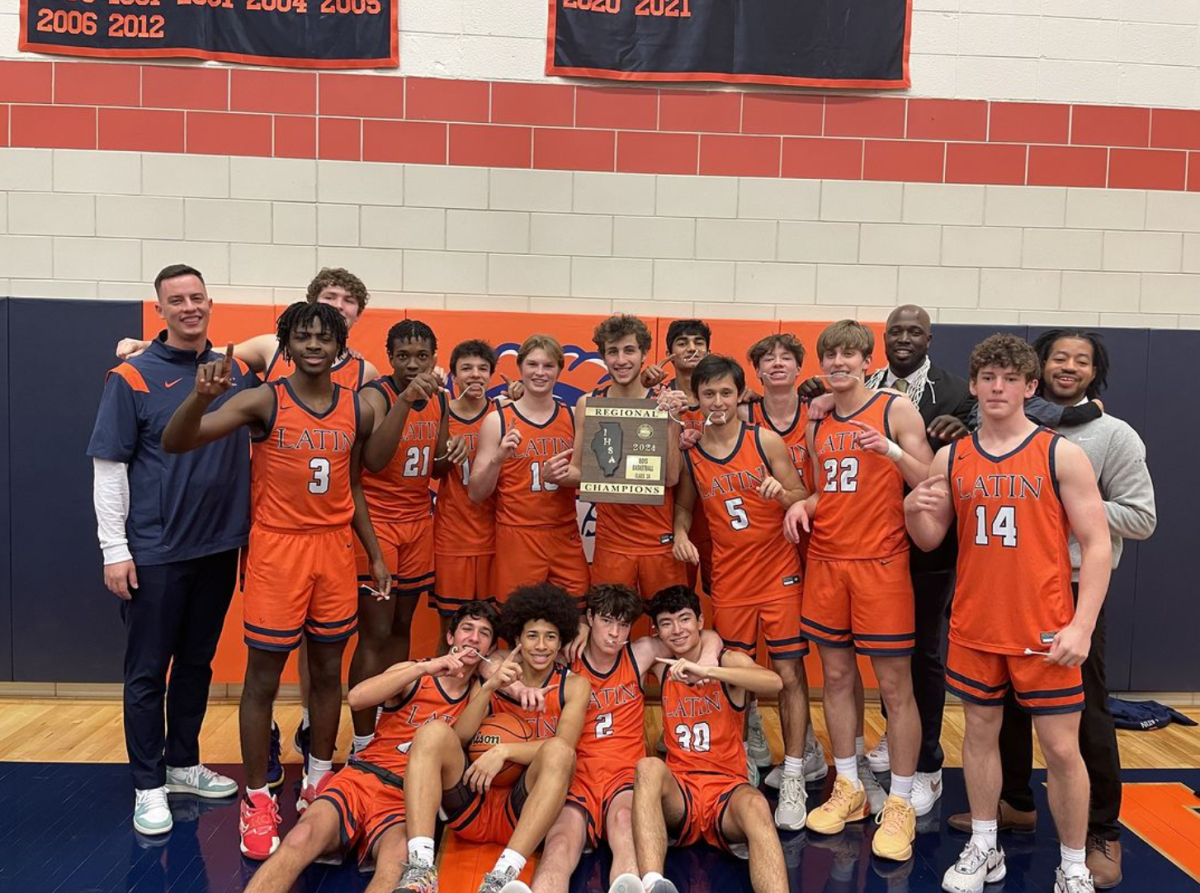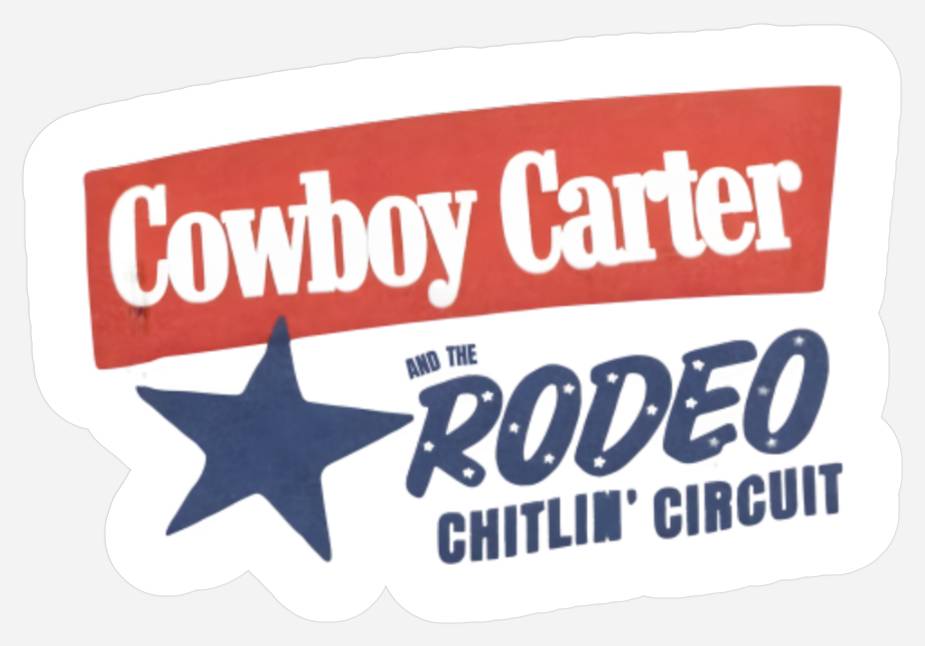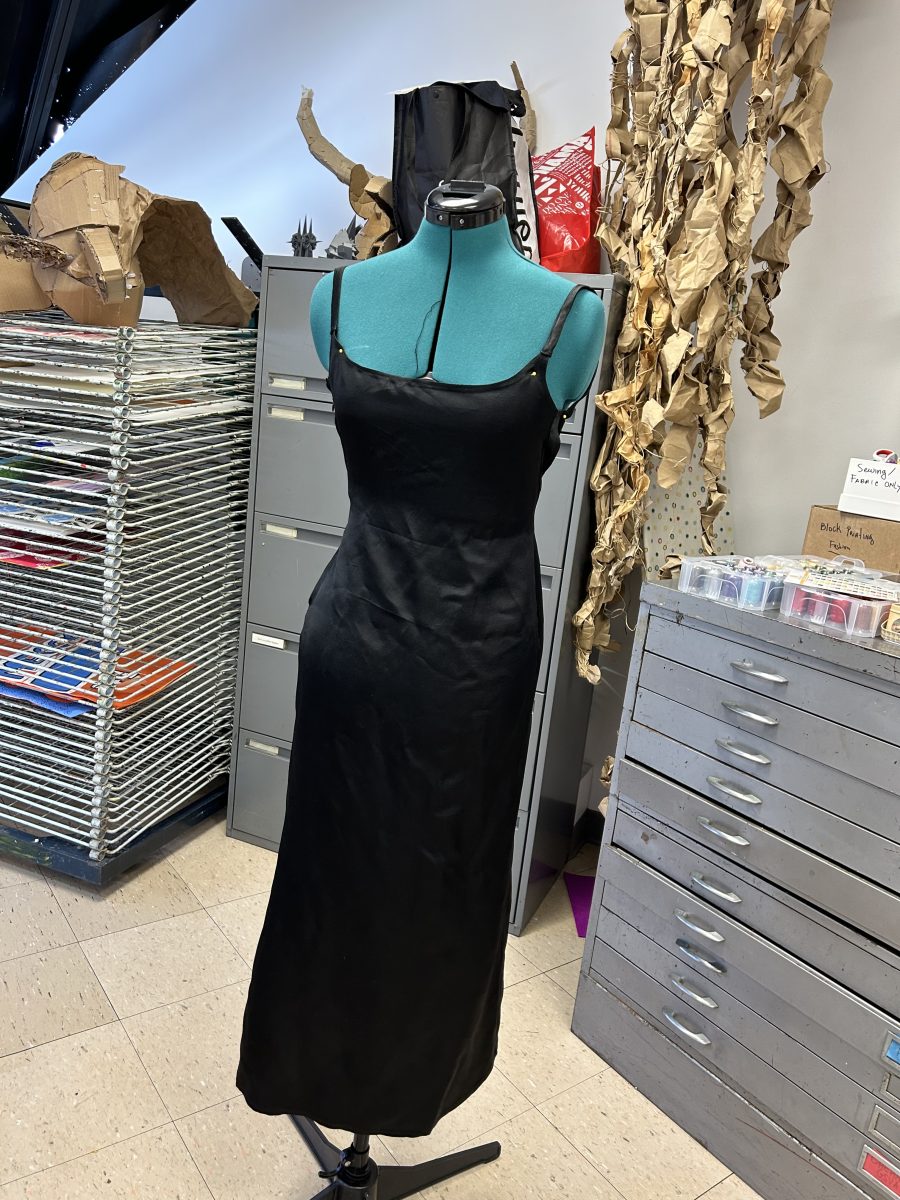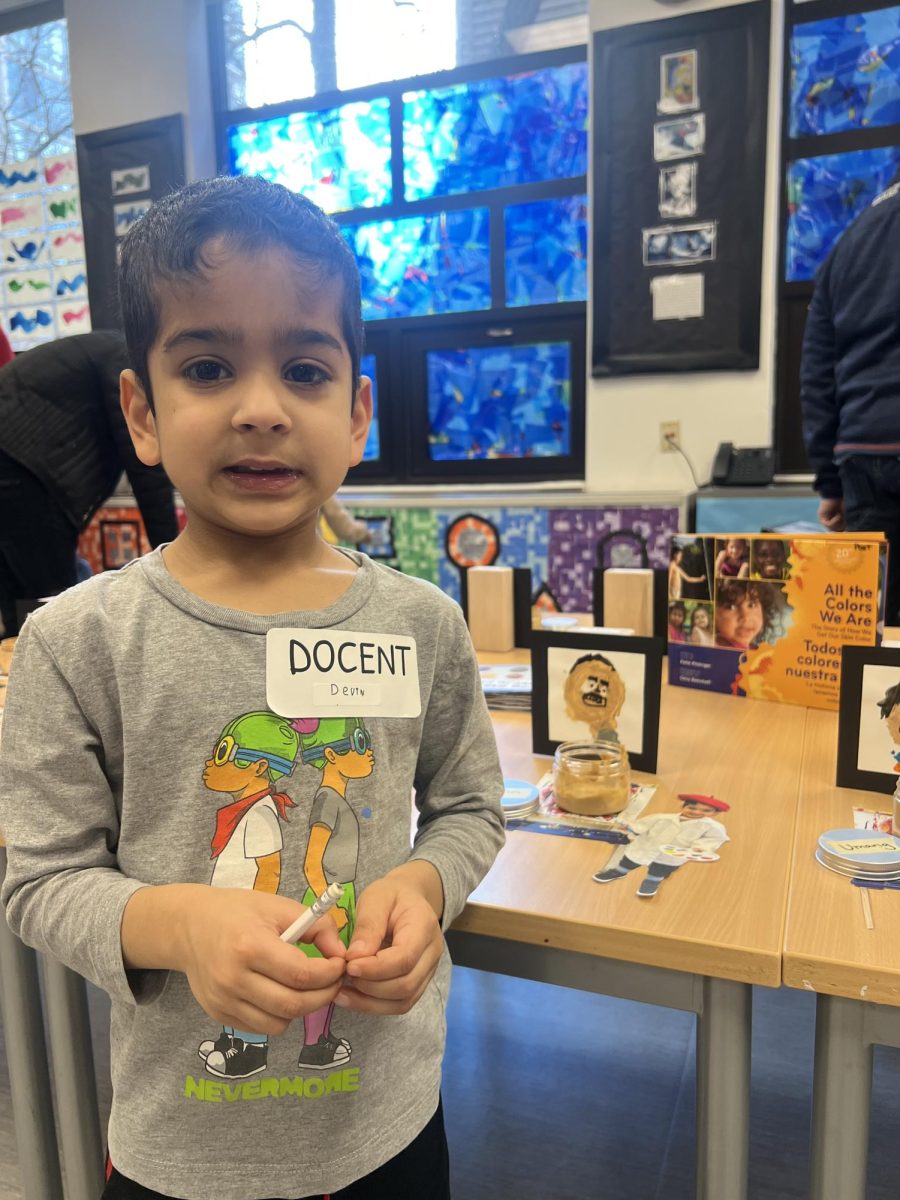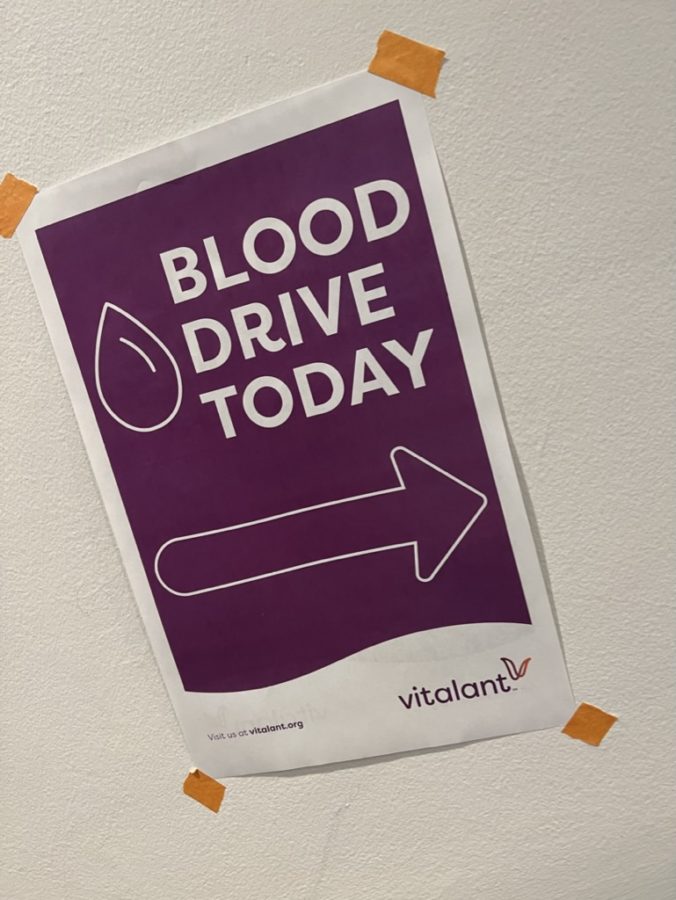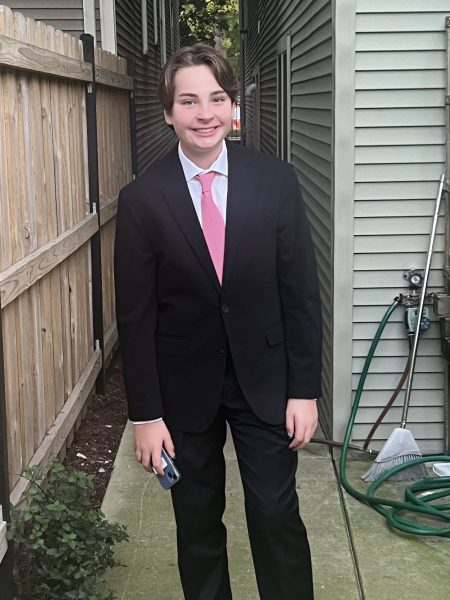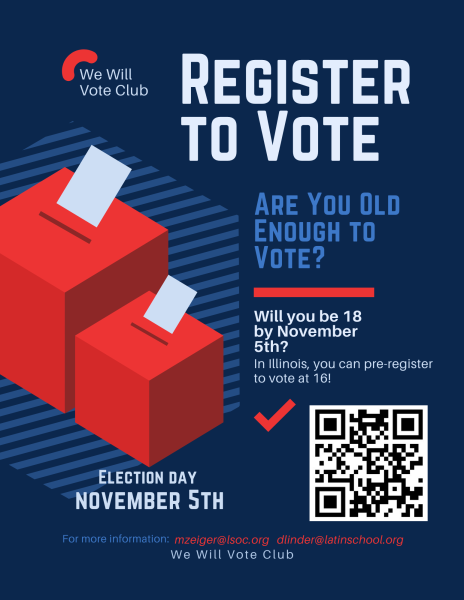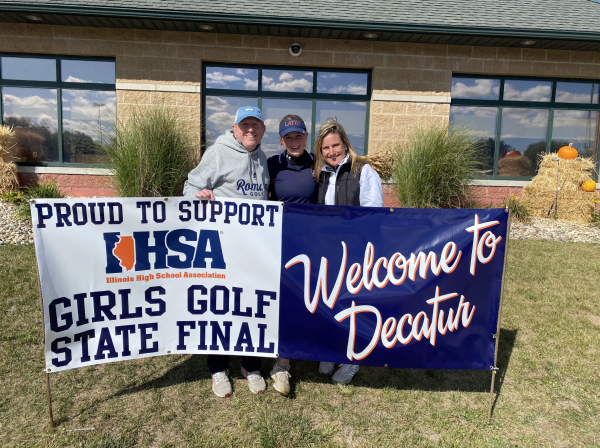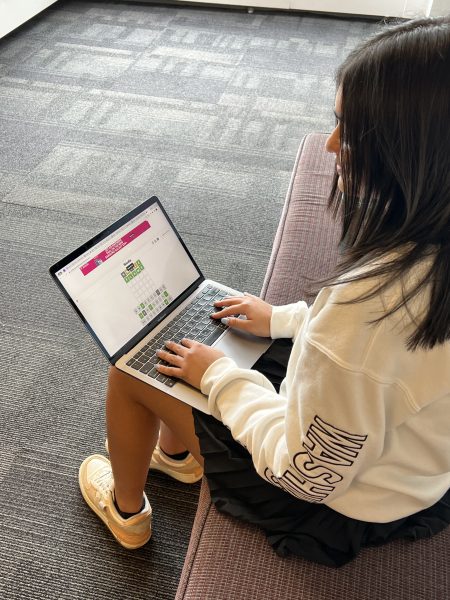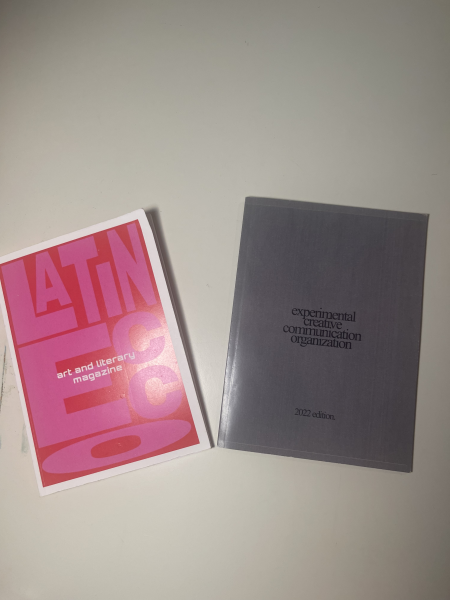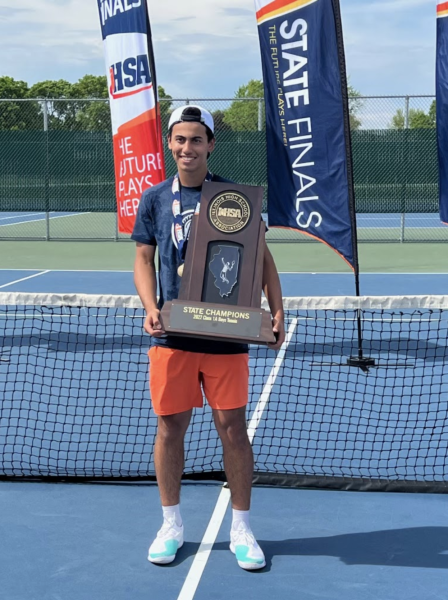Blood Drive Participants Encourage Eligible Community Members to Contribute
Latin recently hosted a blood drive through Vitalant, a company dedicated to providing more equitable donation opportunities.
Countless students, teachers, and parents took time out of their busy schedules to participate in Latin’s blood drive, which took place on February 23.
Tim Cronister, Director of Student Life and the coordinator of events like this one, is passionate about the importance of donating blood. He began donating blood in graduate school. “I was going somewhere and I walked by the blood center. [A nurse] dragged me in.” His unexpected start to donating blood turned into a continuing tradition of donating for many years.
Blood drives are somewhat of a tradition at Latin. Mr. Cronister started at Latin 24 years ago, and blood drives have been around since. These drives are incredibly important, and organizing them takes immense planning and forethought. “We try to do it when sports seasons are ending,” he said. “You don’t want to be giving blood the day you have a game or practice.” Thus, Latin has hosted two blood drives this academic year, one after the fall season ended and the recent drive.”
Upper School math teacher Michelle Neely is a frequent blood donor. “I have always given blood since I was young,” she said. “It is an easy civic duty I can do to help others.” Having Type O blood makes it especially easy for Ms. Neely to help out; this means she is a universal donor and can help out patients of all blood types.
“I was truly impressed with how many students gave blood,” Ms. Neely said.
One of these students was senior Evan Jones. “Donating blood is an honorable thing to do, and while it takes an hour out of your day, it is much more convenient to donate at school than to drive to a donation clinic,” he said.
For senior Alena Brandt, this blood drive was her first time donating. She found the process fairly easy. “It was like getting an IV put into your arm, a pinch for a few seconds.” However, Alena did experience some side effects. “My body felt hot immediately after, and my head felt heavy, but it subsided. Everyone there was well-trained and made me feel very safe.”
Like Evan, Alena found that having a blood drive at school made it very easy to get involved. “Most of the people I know just showed up the day of and were able to give blood,” she said.
Unfortunately, not everybody can donate blood, because donors must meet certain requirements to be eligible, such as being at least 16 years old. “The spring drive is more successful because we have those kids that become 16 who were 15 in the fall,” Mr. Cronister said.
There are other factors that limit one’s eligibility to donate blood, sometimes including one’s weight and sexual orientation. Due to concerns of HIV and AIDS, there have been restrictions on the LBGTQ+ community to donate blood, yet Latin hopes to promote change. This past blood drive, Latin worked with a company called Vitalant. “Vitalant has been working to lobby to change some of the rules so that it’s more inclusive,” Mr. Cronister said.
On their website, they say, “Vitalant is proud to lead a pilot study called ADVANCE, funded by the FDA and in partnership with OneBlood and the American Red Cross, to gather data that may support using an individual risk assessment behavior-based donor eligibility questionnaire in the U.S. instead of the current three-month deferral.”
“I appreciate that Latin is committed to working with an organization that supports LGBTQ blood donors,” Ms. Neely said.
Additionally, height and weight can impede one’s ability to donate. Middle School performing arts teacher Laura Steenveld used to donate blood frequently in her college years. Later in her life, though, she became unable to donate more blood due to not meeting the weight requirement.
For the Latin blood drive, the weight requirement was a barrier for many students. This was especially true for shorter students, who have to weigh more in order to participate. “If you don’t weigh enough you get dizzy and you’re not supposed to give,” Ms. Steenveld said.
While not everybody was able to participate, eligible donors can make a large impact. “Vitalant works directly with hospitals,” Mr. Cronister said. After the blood is tested, it is taken right to the hospital, and the blood is used almost instantly.
“Every pint helps save three people in need,” Mr. Cronister said. “In this drive we had 30 pints, and 90 people were helped.”
After many years of not donating blood, Ms. Steenveld could finally participate in Latin’s blood drive. She felt particularly inspired to participate in this drive given that “they keep calling on the news that there’s a blood shortage.”
The Latin community in its entirety came together for this philanthropic endeavor. “When I was sitting in there, there were friends of mine who work here in food services, and so that was really nice to see that it wasn’t just the teachers,” Ms. Steenveld said.
“We try to get parents there to help volunteer to make everyone feel welcome,” Mr. Cronister said. “We get parents, alumni, staff, everyone who’s 16 and older to give.”
Ultimately, Mr. Cronister’s main goal is to promote a lifelong habit of giving. “There’s that part I love, when you see someone give and know that that could be something they do for the rest of their lives.” he said.
Still, blood is often associated with danger, and that’s for a good reason. After Mr. Cronister “almost passed out” in the fall drive, he now avoids watching while the blood is being drawn. After following his own advice, Mr. Cronister felt just fine this time around.
Ms. Steenveld also felt great after donating blood, but not the morning after. “I woke up and I was very dizzy, so the only advice I’d give is to drink a lot of water the night after you give blood,” she said.
Ms. Neely encourages those participating to make sure their health is intact. “Many times, my iron is low and I can’t give,” she said. “Take your multivitamins, folks!”
Don’t be too alarmed, though; some experiences can be a piece of cake. Evan said, “Beyond the initial nervousness, the only painful moments are a finger prick and the initial needle insertion. Other than those two moments, it’s not painful.”
The benefits of giving blood outweigh the negatives. Benevolence aside, there are many potential perks. “Next spring, I may offer some extra credit to encourage more to give,” Ms. Neely said.
Foodies will be happy to hear of another blood drive perk. “You get a free medium pizza, which is nice,” Evan said.
“I encourage everyone who can donate blood to do it,” Alena said. “So many people are eligible and do not donate, but it saves people’s lives and is very gratifying!”

Caroline McHugh (’25) is back for another year of writing for The Forum! During her junior year, Caroline will be serving as an Opinions Editor. Since...

